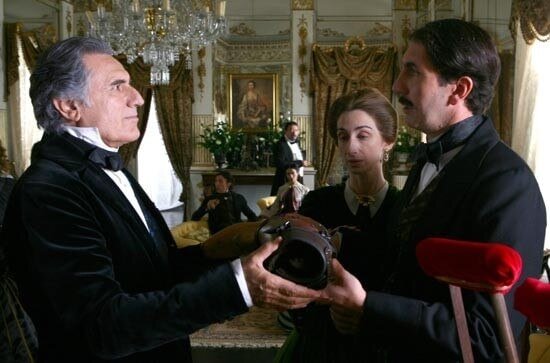The Places of the literary tale of Federico De Roberto
The Places of Federico De Roberto's literary story are included in the "Regional Map of Places of Identity and Memory" (LIM) established by the Region of Sicily with DA n. 8410 of 03/12/2009
The reference sector is that relating to "places of the literary, cinematographic and filmic story ".
The places included in the IWB:
• (The Viceroys) Benedictine monastery / Monastery of S. Nicolò l'Arena (Catania)
The Viceroys is the most famous novel by Federico De Roberto who began writing it in Milan in 1894, collecting material on the events of the southern Risorgimento, narrated here through the story of a noble family from Catania, that of the Uzeda di Francalanza, descendants of ancient Spanish Viceroys of Sicily at the time of Charles V.
With the name of the Uzeda De Roberto actually alludes to the princely house of Paternò, and in particular to the figure of the Marquis Antonino Paternò Castello di Sangiuliano, mayor of Catania, ambassador and foreign minister, who in the novel is identified with the young Consalvo Uzeda.
This "family story" is inspired by the positivistic and naturalistic principle of race (inheritance), with all its consequences. The members of the Uzeda family are united by the race, and by the old and corrupt blood, also due to the numerous marriages between consanguineous. What emerges from this family is a marked greed, a thirst for power, meanness and hatred that the members have for each other, feeding in each a different pathological monomania.
Each member of the family has a history marked by moral and biological corruption, which is also evident in their physiognomy and physical deformities that will be illustrated by the author in the episode of Chiara who, after giving birth to a monstrous fetus, keeps it under formalin in a glass bottle. But The Viceroys, in addition to “a family history”, they are also a representation with strong and disillusioned accents of Italian history between the Risorgimento and unification. The novel is in fact set in the years between 1850 and 1882. (text: wikipedia)
Card insertion: Ignatius Caloggero
Photo: web
Information contributions: Ignazio Caloggero, Web
Note: The populating of the files of the Heritage database proceeds in incremental phases: cataloging, georeferencing, insertion of information and images. The cultural property in question has been cataloged, georeferenced and the first information entered. In order to enrich the information content, further contributions are welcome, if you wish you can contribute through our area "Your Contributions"



